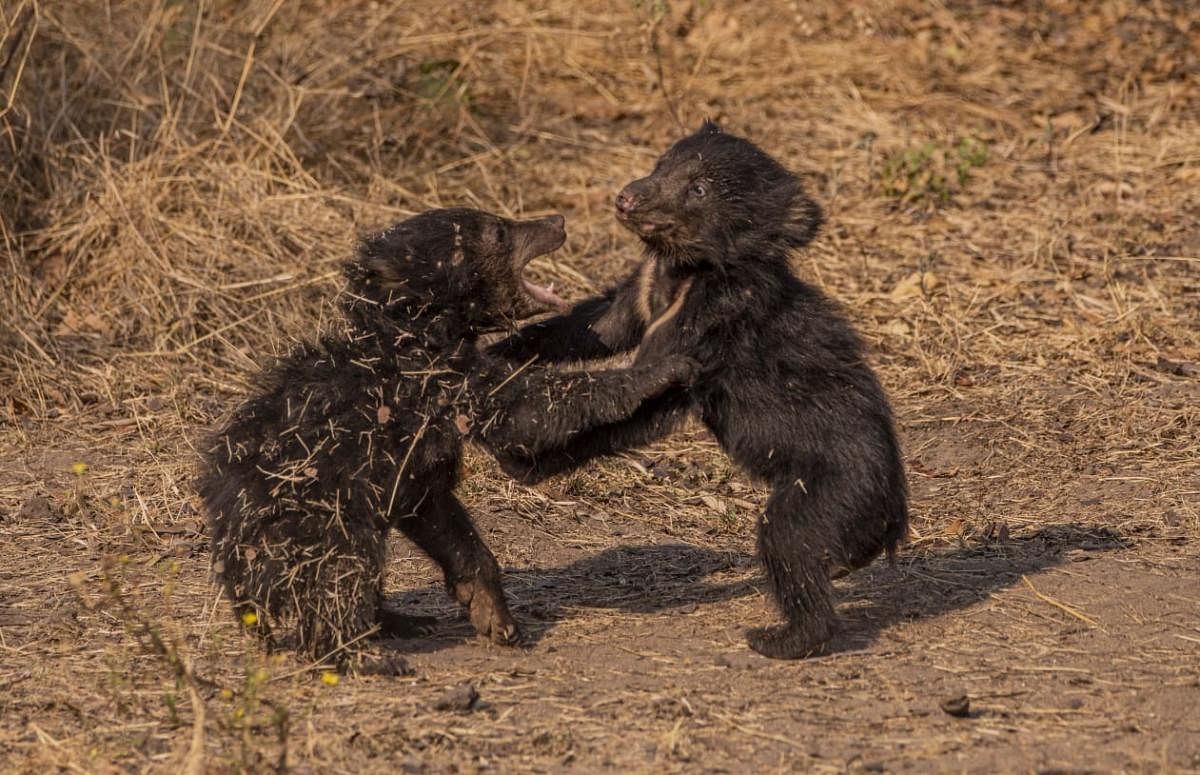
The calm environs of the Daroji bear sanctuary these days have proved a fertile ground, literally, for its adored inhabitants.
The sanctuary has seen a steady rise in the number of hairy creatures for some time now, thanks to the curbs on stone quarrying in and around the sanctuary, after it was declared an eco-sensitive zone on September 25, 2019.
The average births, earlier, was five to six a year. Now, it is a healthy 20 additions each year. Two bears had a couple of offsprings each in January this year and February saw another one mothering two cubs.
Two cubs at a time is the norm for bears and seven to eight of them delivered between September and December in 2019.
However, there’s a glitch here, in that it’s not very easy for forest personnel to keep a count of the newborns as bears normally prefer the cosy comforts of caves among rocks and boulders. They seldom come out of their confines. One estimate shows their present numbers in the sanctuary to be over 130.
Daroji was declared a bear sanctuary on October 17, 1994. But there was little to justify the tag as stone quarrying had been going on rampantly in the vicinity.
A number of bear-human conflicts used to be reported with the animals entering human habitations in search of food and water. Incidents of people beating the bears to death were common.
Things changed for good when stringent curbs were put in place and quarrying was completely stopped in the region, following its declaration as an eco-sensitive zone.
Soaking pits were constructed and tanks were desilted under MGNREGA works, leading to an improvement in the water table and availability of drinking water for the bears. Twenty eight varieties of fruit trees have been grown here, much to the joy of the bear population.
Range forest officer Usha told DH that a census of the bears would be undertaken soon.
Now that a secure environment has been ensured for the bears, it’s a happily-ever-after tale for them.